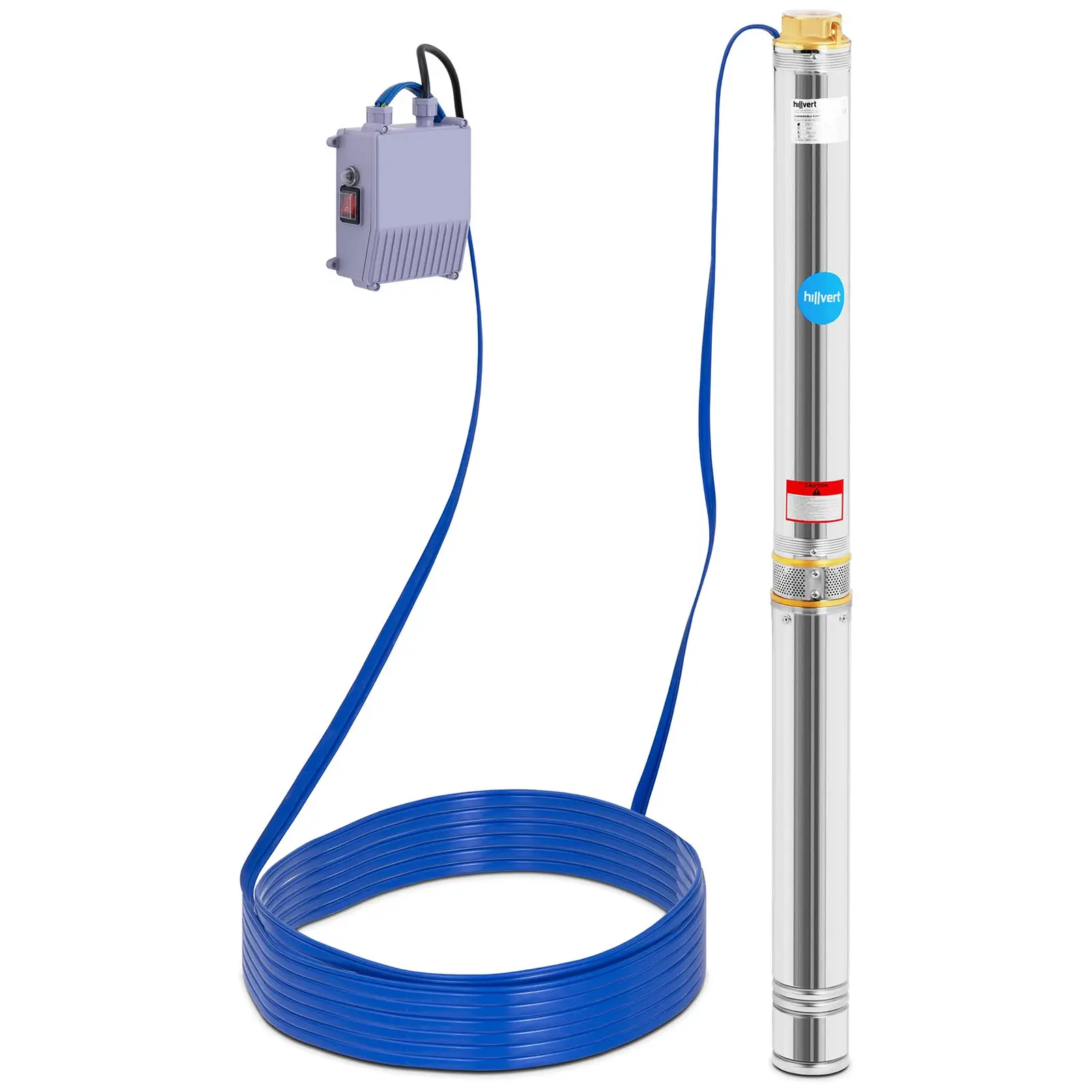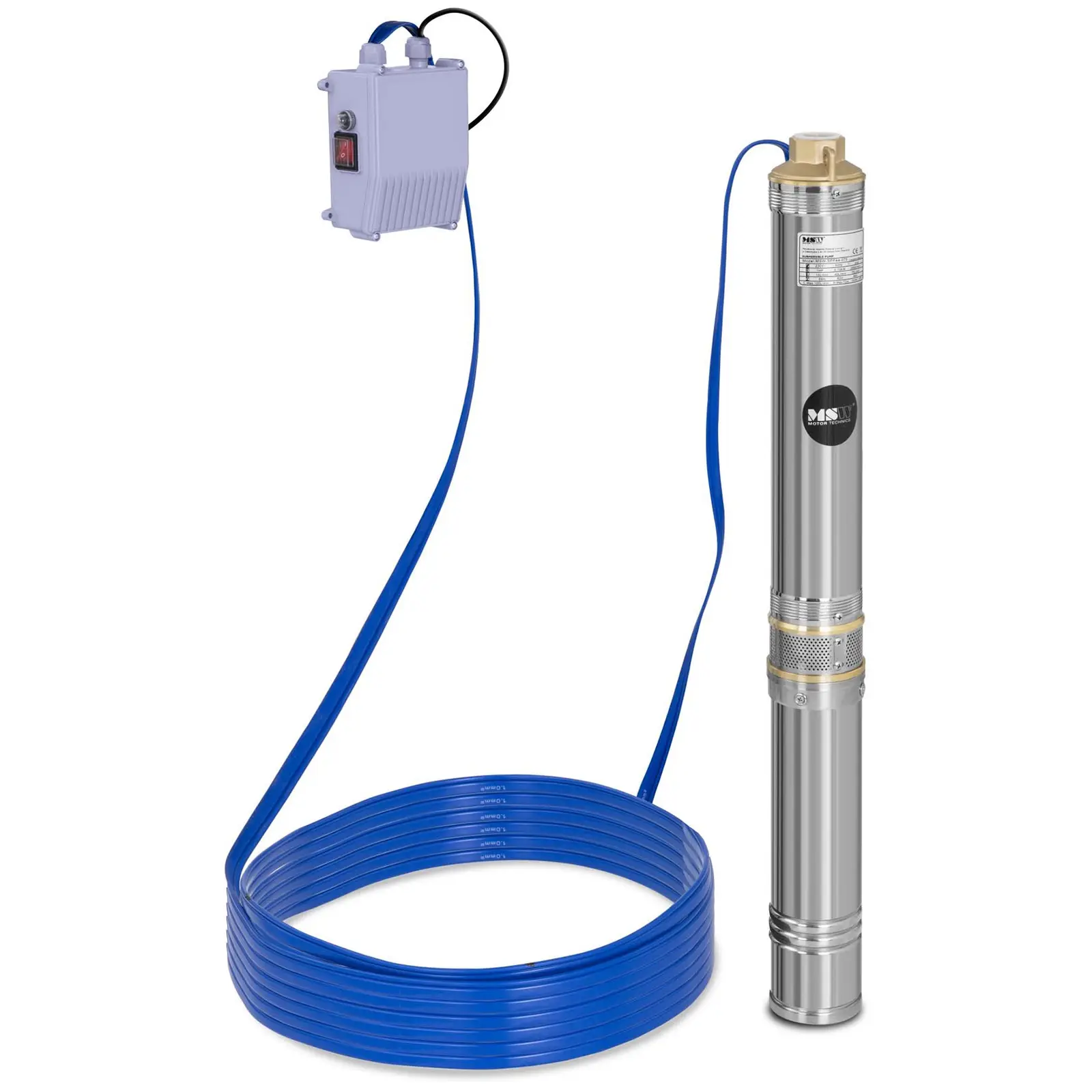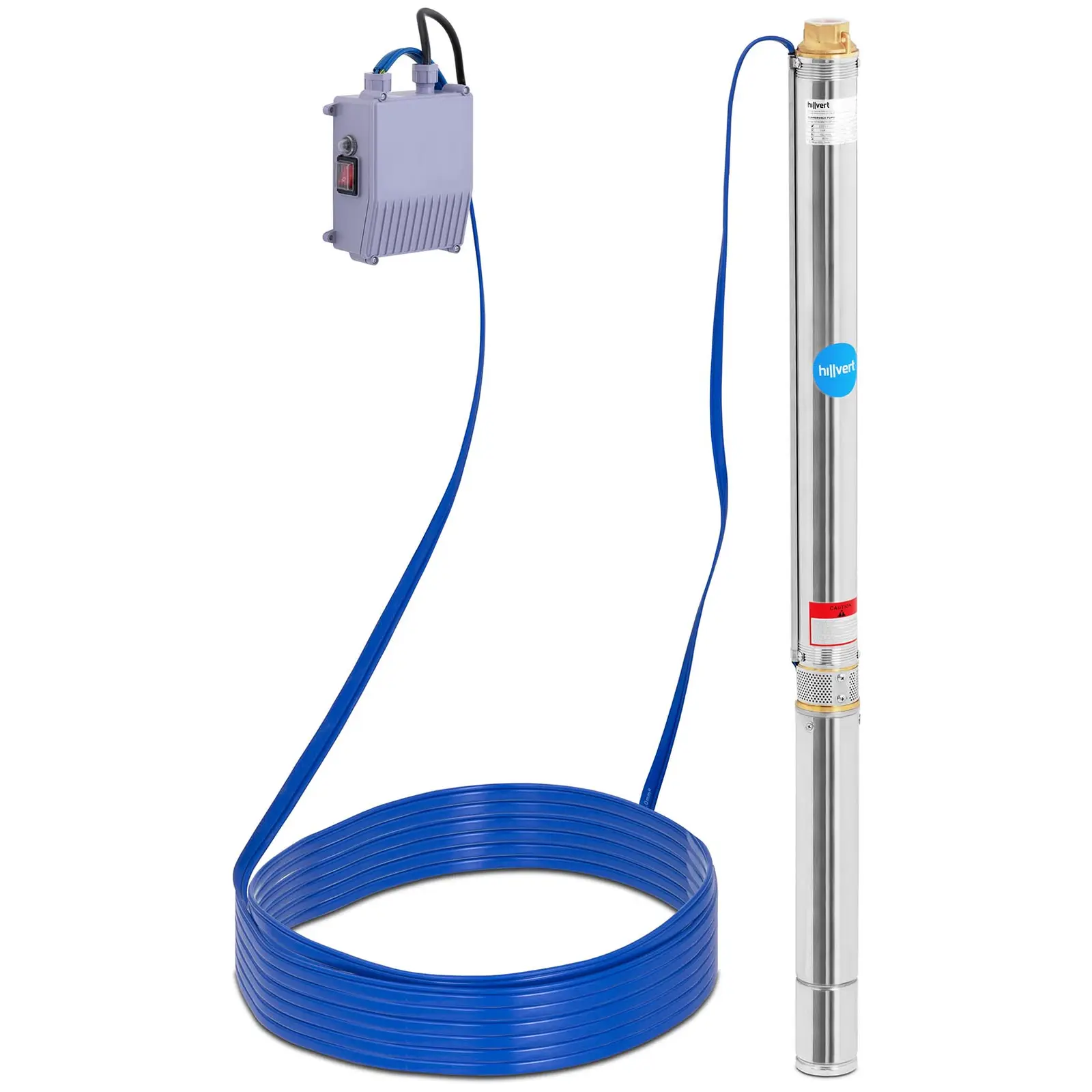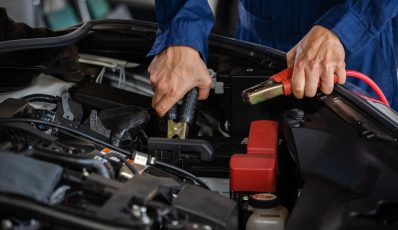Boreholes in gardens or other types of land are growing in popularity, despite the fact that access to the water supply is also becoming easier. A borehole is also sometimes necessary in small, remote villages. What do you have to pay attention to when drilling a borehole?

Boreholes in gardens or other types of land are growing in popularity, despite the fact that access to the water supply is also becoming easier. A borehole is also sometimes necessary in small, remote villages. What do you have to pay attention to when drilling a borehole?
What is a borehole and why is it worth the effort?
A borehole is a type of well that is more than 25 feet deep. Due to the fact that you need to drill into the ground to build one, it is also sometimes called a drilled well. A tube well, in turn, is a type of water well using two tubes – a casing tube and a filter tube. The casing tube reaches the aquifer, while the filter tube penetrates it. They are covered with gravel, which improves the water supply. The casing tube ends in a support clamp with a water connection and a cut-off valve. Are you looking for information about other types of wells? Check out our article on how to build an absorbing well.
Why would you dig a borehole in the first place? First of all, it is a great sustainable water source, and in some very rural areas even the only one. In the past, they were usually dug by hand and to a small depth, and water was obtained manually. Today this is a thing of the past.
Another good reason to drill a borehole is to lower your utility bills. Although the initial investment is quite high, in the long run it will lower your water bills.
Water from a borehole is not only a good idea for everyday use at home, but also for irrigating your garden or providing animals in farms with drinking water. In addition, since you do not need to be connected to the water supply, there is no risk of a sudden drop in pressure or a complete shut-off in the case of a technical failure.
Planning a borehole
If you’re thinking about drilling a borehole for domestic water extraction, there is a lot to think about before you get started. You need to carefully plan the entire process carefully and obtain permission. Otherwise, you may not find water at all, or at best it would be illegal.
First, make sure you have access to aquifers, which are underground layers of water-bearing permeable rock. After you’ve investigated whether the borehole will provide enough water to meet your needs and whether the geology of the area is suitable for a borehole, you need to put together a report estimating how the well will perform. Unless you’re an expert in geology and hydrology, you should also enlist the services of a specialist with borehole expertise to advise on issues that need to be considered when drilling a well.
Before determining the location of the well, it is also worth checking any other local requirements to this regard. After you have identified an appropriate site for your borehole, you will need to get formal consent to drill an exploratory well.
Wherever your proposed borehole is to be located, you’ll need to provide full details about what you intend to do and why, and agree to abide by the regulators conditions and rules before the licence is granted.
Borehole pumps
A suitable pump is crucial if you plan to drill a borehole. Extracting water was done manually in the past, but this was a very tiring and time-consuming process. Today, electric pumps make the process much more efficient. You can choose from among three types:
- Self-priming pumps – the cheapest option. They are distinguished by relatively low pressure, which allows them to draw water from a depth of up to 25 feet. They are usually used for dug wells.
- Immersible pumps – as the name suggests, they are placed under the water surface, but they are not suitable for use at a depth of more than around 30 feet.
- Submersible pumps – used to pump water from a depth of more than 30 feet. They usually have a long and slender design, ideal for bored wells. However, check whether the diameter of the pump set corresponds to the size of the casing tube.
When choosing a borehole pump, make sure the parameters meet the requirements. First of all, check the immersion height factor and pump performance. Both of these parameters are interdependent, as the pump capacity decreases with an increase in the height factor. The values are often plotted together with the operating point, which defines the optimal conditions. This is very important, otherwise the pump will extract too little water or use more energy than necessary.
Heat pumps in boreholes
A borehole will serve not only as a clean water source, but also help keep your house warm, which will help you lower your bills. Special heat pumps are used for this purpose. How do they work?
They take water from the borehole and recover heat from it, which is then transferred to the building’s heating system. The cooled water is passed to a water reservoir (e.g. a pond) or a second well (a discharge). A water temperature above zero is essential for the heat pump to function properly. In addition, the performance of the equipment is also influenced by the chemical compound of the water, the soil type, the depth of the borehole, and the amount of heat required. If any of these parameters are not fulfilled, this will lead to much higher power consumption and more frequent rinsing of the discharge well.
Testing borehole water
After drilling the borehole, you will need to arrange to have your private water supply tested, including extracted groundwater, if you intend to use it for drinking purposes. It may turn out that it is contaminated with microorganisms, nitrates, or hydrogen sulfide. You should also check the content of iron and manganese, which in higher concentrations are harmful to your health and will additionally cause the formation of rusty deposits on dishes and household appliances. It is also worth checking the water hardness.
Laboratory based chemical and microbiological analysis of the borehole water should be carried out initially to identify the types and levels of any contamination that need to be addressed. And one test may not be enough. You should repeat the process regularly to ensure good quality water.
Necessary tools for drilling a borehole
Can you drill a borehole yourself? Yes, but you have to bear in mind that you need appropriate knowledge and specialised construction equipment. Unfortunately, a shovel and a lot of motivation will not be enough.
Therefore, the best solution is to use the services of a company that specialises in drilling boreholes and deep wells. They will have the necessary heavy equipment, such as drilling rigs, which will quickly break through the ground into the aquifer. When choosing such a company, check the references from previous customers. Also check if they offer additional services, e.g. free water testing or connecting the borehole to the building’s water system.
Drilling a borehole – summary
As you may have noticed, drilling a borehole brings about many new responsibilities, but in the long run it is worth the effort. Having your own water source will allow you to significantly reduce your utility bills, and can also be used for heating, provided you install a heat pump. Before you get started, take some the time to prepare for all the necessary aspects related to drilling a borehole in order to avoid additional, unnecessary costs.










Share